Happy Halloween, all!
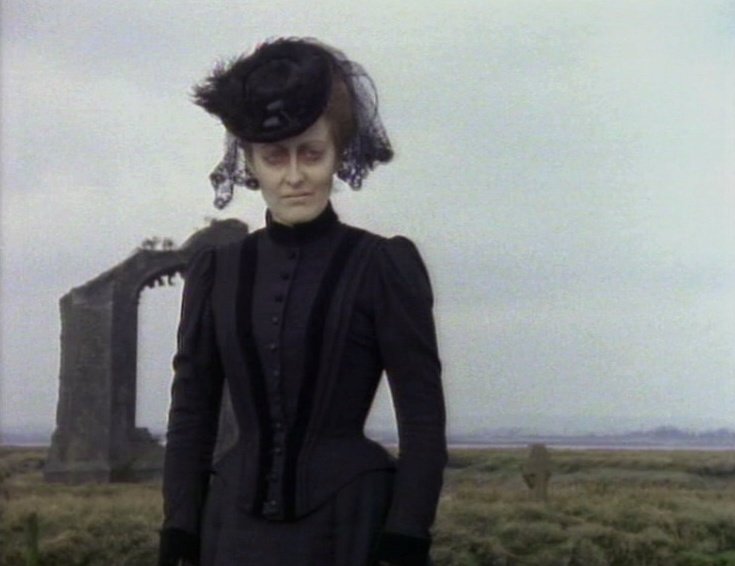
Women in Black: haunts, widows, ghosts, saints and sinners
Today I explore those mysterious women in black. Black is culturally more complicated than white because its meanings are both contradictory and still evolving.
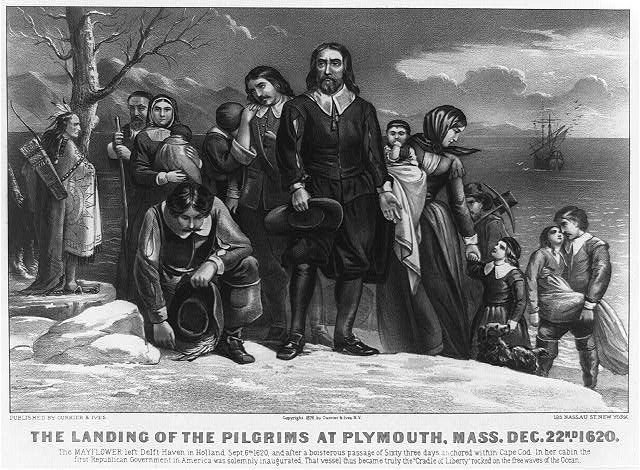
Many religious groups use black as the marker of a religious figure, whether priest, minister, or nun. The European settlers who first arrived in Massachusetts in the 1620s are always depicted wearing sober black with white linen collars (even though the actual Pilgrims didn’t necessarily). Their businesslike black suits and dresses remain part of our national mythology about piety and hard work.

Black has also signified mourning in Western European culture for centuries. Kings and Queens issued hundreds of yards of black cloth to their dependents so that their funeral entourages would portray respectful public mourning.
Queen Victoria of England embodied this image of grief: she went into mourning at her husband’s death in 1861. She wore “widow’s weeds” until her own in 1901. Her image remains a cultural icon of married love, duty and aging grief.
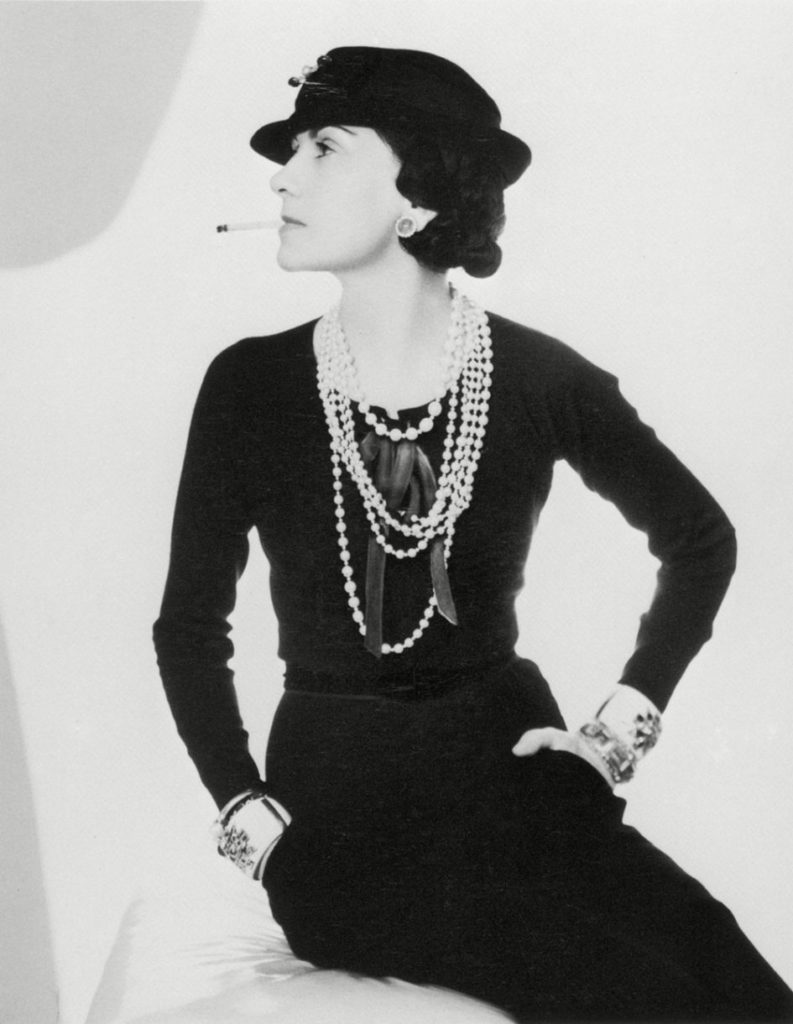
After World War I, elaborate mourning customs were set aside because so many young men had been killed in battle. Black dress was adopted as a devil-may-care expression of the “Lost Generation” that grew up in the 1920s.
Coco Chanel is credited with launching this take on the simple color (i.e. “The Little Black Dress”), but she was not alone in her renunciation of froufrou colors in favor of lean and sharp lines. The graphic effect of simple silhouettes and black silk (especially on pale skin) perfectly suited the new architectural fashions.
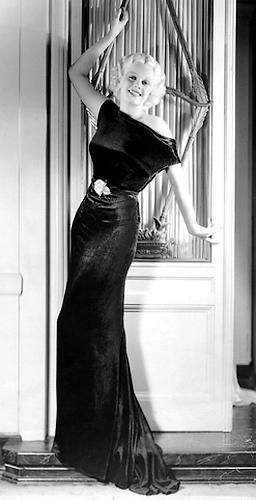
Many actresses and singers of the new film and entertainment worlds favored black gowns for their dramatic flair. Jean Harlow, famous for her platinum blond hair, only wore white or black. Harlow was one of several actresses bringing a brash new sexiness to the public eye through the movies.
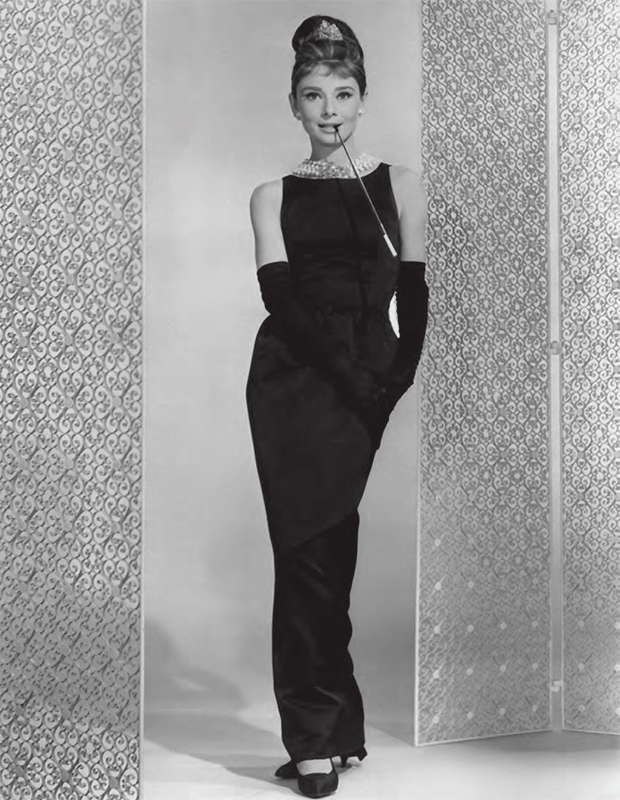
The designer Givenchy used this image of glamour as slightly naughty while also mad elegant to describe the character of Holly Golightly, played by Audrey Hepburn famously in “Breakfast at Tiffany’s”.
The combination of all these meanings underpinned new meanings expressed in popular music and fashionable understatement, especially in cities like New York and London.

Black was the color of choice to express the brashness and sense of potential violence of punk music in the 1970s. Vivienne Westwood was the designer behind the bizarre and slightly fetishistic styles of British punk. New York punk rockers cut to the anti-hero’s black leather motorcycle jackets almost immediately.

New Yorkers’ habit of wearing all black created a visual cocktail incorporating all black’s past meanings of loss and pain with the naughtiness of glamour and the hip of the trending rock scene.
Comments
One response to “Fashioning Horror, Pt. 2: Women in Black”
yes black and whie greats photos